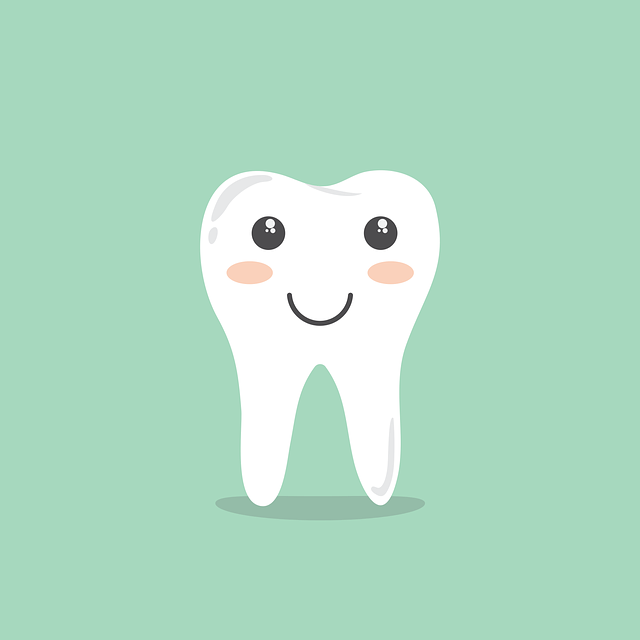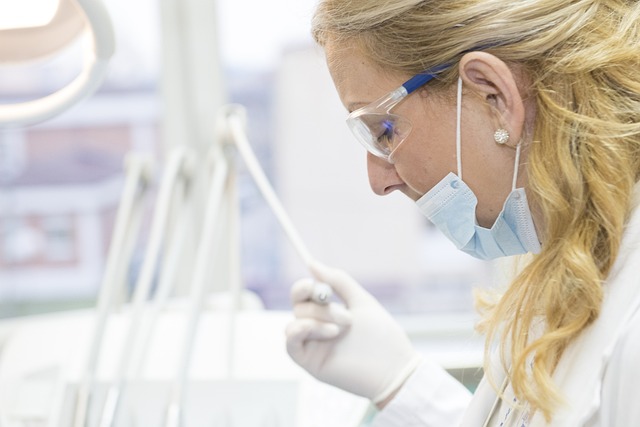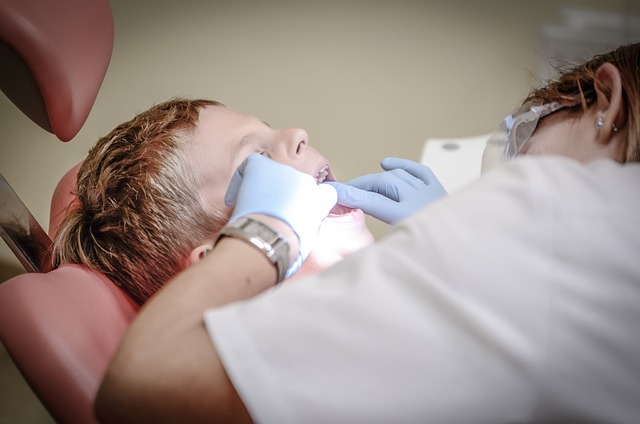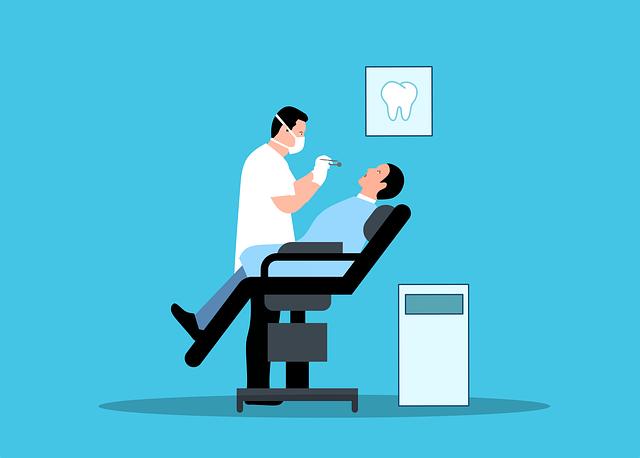Braces Before Retainers: Do You Have to Get Braces Before Retainers?
Are you pondering over the age-old question of whether braces are a prerequisite for getting retainers? You’re not alone. Many individuals are curious about the orthodontic journey and the steps involved in achieving a perfect smile. Well, fret no more! In this article, we will delve into the world of braces and retainers, shedding light on the crucial question: “Do you have to get braces before retainers?” Prepare to have your doubts dispelled and your understanding enhanced as we explore the fascinating realm of orthodontic treatment.
1. The Relationship Between Braces and Retainers: Understanding the Orthodontic Journey
Braces and retainers play vital roles in the orthodontic journey, each serving different purposes to achieve a beautiful, straight smile. Understanding the relationship between these two orthodontic devices is essential for anyone undergoing orthodontic treatment.
Braces: Braces are commonly used to correct misaligned teeth and bite issues. They consist of brackets, wires, and bands that work together to apply gentle pressure, gradually moving the teeth into their desired positions. The brackets are bonded to the teeth, and the wires are threaded through them, exerting pressure to guide tooth movement. Over time, as the teeth shift, adjustments are made by the orthodontist to ensure progress towards the desired alignment. Braces are typically worn for a period of 1-3 years, depending on the complexity of the individual case.
Retainers: Once the braces are removed, retainers are utilized to maintain the newly achieved alignment and prevent teeth from shifting back to their previous positions. Retainers are custom-made devices that are typically made of plastic or a combination of plastic and metal. They are designed to fit over the teeth and hold them in place. Initially, retainers are worn full-time, eventually transitioning to wearing them only at night. This ensures that the teeth remain in their corrected positions and the orthodontic treatment remains effective in the long term.

2. The Role of Braces: Why They are Often the First Step in Orthodontic Treatment
Orthodontic treatment often begins with the use of braces. Braces play a crucial role in aligning teeth and creating a foundation for a beautiful smile. Here’s why they are commonly the first step in orthodontic treatment:
1. Correcting Misalignment: Braces are designed to gradually move teeth into their proper positions. They apply gentle pressure to guide teeth into alignment, correcting issues such as overcrowding, gaps, and crookedness.
2. Addressing Bite Problems: Braces not only straighten teeth but also help correct bite problems. These problems can include overbites, underbites, crossbites, and open bites. By realigning the teeth and jaws, braces can improve the overall functionality of the bite, making it easier to speak, chew, and maintain oral hygiene.
3. Preparing for Further Treatment: In some cases, braces are used as a preparatory step for more complex orthodontic procedures. By aligning the teeth with braces, it becomes easier for orthodontists to perform other treatments such as jaw surgery or the placement of dental implants.
4. Enhancing Aesthetics: Beyond their functional benefits, braces also contribute to a more aesthetically pleasing smile. By straightening teeth and improving alignment, braces can boost self-confidence and provide individuals with a smile they can proudly show off.
Overall, braces play a vital role in orthodontic treatment by addressing misalignment, bite problems, and preparing for future procedures. With their ability to enhance both functionality and aesthetics, braces are often the first step towards achieving a healthy and beautiful smile.

3. The Importance of Braces in Achieving Optimal Teeth Alignment
Braces play a crucial role in achieving optimal teeth alignment, offering numerous benefits beyond just aesthetic improvement. Whether you have crowded teeth, gaps, or a misaligned bite, braces can effectively address these issues. They are designed to gradually move your teeth into their correct positions, resulting in a more balanced and harmonious smile.
One of the key advantages of braces is the correction of malocclusions, which are misalignments of the teeth or jaws. By applying gentle and consistent pressure, braces can guide your teeth to their proper locations, ensuring that they fit together correctly when you bite or chew. This helps to improve not only your dental health but also your overall well-being, as misaligned teeth can lead to issues such as difficulty in chewing, speech problems, and even temporomandibular joint (TMJ) disorders. Moreover, braces can prevent or reduce the risk of oral health problems like tooth decay and gum disease by making it easier to clean and maintain your teeth.
- Braces are highly versatile and can be used to treat a wide range of orthodontic issues, including:
- Crowded teeth
- Spacing or gaps between teeth
- Overbite
- Underbite
- Crossbite
- They are suitable for both children and adults, although the ideal age for getting braces is during adolescence when the jaw is still growing.
- Modern braces come in various types, including traditional metal braces, ceramic braces, and clear aligners like Invisalign.
In conclusion, braces are essential in achieving optimal teeth alignment and can significantly improve both your oral health and appearance. With their ability to correct malocclusions and prevent dental problems, braces are a valuable investment that can enhance your overall well-being. Consult with an orthodontist to determine the most suitable type of braces for your specific needs and embark on a journey towards a straighter, healthier smile.
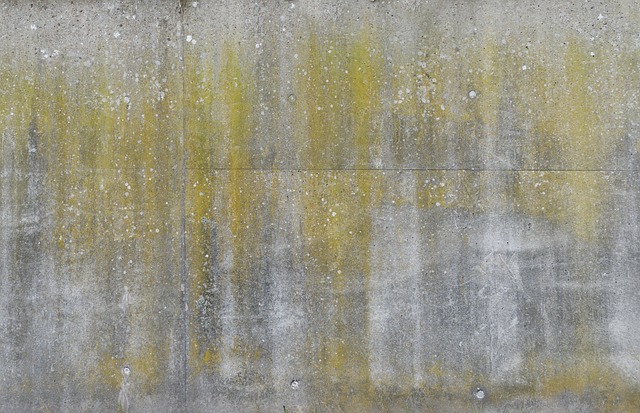
4. Retainers: A Crucial Tool for Maintaining the Results of Orthodontic Treatment
Retainers are an essential tool in preserving the outcomes of orthodontic treatment. After the braces are removed, the teeth may gradually shift back to their original positions. This is due to the natural tendency of the teeth to move and the surrounding tissues to adapt. Retainers help prevent this relapse by holding the teeth in their new positions, ensuring a lasting and stable smile.
There are various types of retainers available, including removable and fixed options. Removable retainers are custom-made to fit the patient’s teeth and are usually made of clear plastic or acrylic. They are convenient as they can be taken out for eating and cleaning. On the other hand, fixed retainers are bonded to the back of the teeth using a thin wire, providing a more permanent solution. Regardless of the type, retainers should be worn as instructed by the orthodontist to maintain the results achieved through orthodontic treatment.
- Retainers prevent relapse by holding teeth in their new positions.
- There are removable and fixed retainers available.
- Removable retainers can be taken out for eating and cleaning.
- Fixed retainers are bonded to the back of the teeth using a thin wire.
- Proper compliance with wearing retainers is crucial for maintaining orthodontic treatment results.
By diligently using retainers, patients can avoid the disappointment of seeing their teeth shift back to their previous positions. Remember, the orthodontic journey does not end with braces removal. Retainers play a vital role in preserving the alignment and aesthetics achieved through orthodontic treatment. Trusting in the effectiveness of retainers and following the orthodontist’s guidance will ensure a beautiful and lasting smile for years to come.

5. The Sequential Process: Why Braces Typically Precede Retainers
Braces and retainers are both commonly used orthodontic appliances, but have you ever wondered why braces usually come before retainers in the treatment process? Let’s delve into the sequential process and explore the reasons behind this order.
1. Alignment: Braces are primarily used to align teeth and correct any bite issues. By applying gentle pressure, braces gradually move teeth into their correct positions. This process usually takes months and may involve periodic adjustments by an orthodontist. So, braces play a crucial role in ensuring that teeth are properly aligned before moving on to the next step.
2. Stability: Once teeth are aligned, it is important to maintain their new positions. This is where retainers come into play. Retainers are custom-made appliances that hold teeth in their corrected positions, preventing them from shifting back. Wearing retainers consistently for a specified period helps stabilize the teeth and allows the surrounding tissues to adapt to the new alignment. By wearing retainers, patients can ensure that their smile remains beautiful and aligned for years to come.
6. Debunking the Myth: Dispelling Misconceptions about the Need for Braces before Retainers
There is a common misconception that braces are unnecessary before getting retainers. However, it is important to debunk this myth and clarify the true purpose of braces in orthodontic treatment. Braces and retainers serve different functions, and both play a crucial role in achieving a beautiful and well-aligned smile.
Firstly, braces are typically recommended to correct misaligned teeth, overcrowding, and bite issues. They work by applying gentle pressure to move the teeth into their proper positions over a period of time. Braces are designed to address underlying orthodontic problems and create a solid foundation for the long-term success of the treatment. On the other hand, retainers are used after braces to maintain the achieved results. They hold the teeth in their corrected positions, preventing them from shifting back to their original misalignment.
- Braces are not just cosmetic: Contrary to popular belief, braces are not solely focused on improving the aesthetics of your smile. While enhancing the appearance of your teeth is a significant benefit, braces primarily aim to correct functional issues and improve oral health.
- Each treatment phase has a specific purpose: Braces are typically worn for a certain period of time to address the underlying orthodontic problems. It is crucial to complete this phase before transitioning to retainers, as it ensures the teeth are properly aligned and stable.
- Retainers are essential for maintaining results: Retainers are custom-made devices that help preserve the alignment achieved with braces. They are usually worn full-time initially and then gradually reduced to nighttime wear. This ensures that the teeth remain in their corrected positions and prevents any relapse.
7. The Orthodontist’s Expert Opinion: Exploring the Professional Perspective on Braces and Retainers
When it comes to orthodontic treatment, it is crucial to consider the expert opinion of an orthodontist. Their professional perspective provides valuable insights into the benefits and considerations of braces and retainers. Here, we explore the orthodontist’s expert opinion on these orthodontic appliances:
1. Braces:
- Orthodontists highly recommend braces for individuals with misaligned teeth or bite issues.
- Braces apply gentle pressure on the teeth, gradually moving them into proper alignment.
- The duration of braces treatment varies depending on the severity of the case, typically ranging from 1 to 3 years.
- Regular adjustments are necessary to ensure effective progress and achieve optimal results.
- Orthodontists emphasize the importance of proper oral hygiene during braces treatment, including regular brushing, flossing, and avoiding certain foods that can damage the braces.
2. Retainers:
- After braces are removed, orthodontists often recommend the use of retainers to maintain the newly achieved alignment.
- Retainers are custom-made appliances that help prevent teeth from shifting back to their original positions.
- There are different types of retainers, including removable and fixed options, each with its own advantages and considerations.
- Orthodontists stress the importance of wearing retainers as instructed to ensure long-term results.
- Regular check-ups with the orthodontist are essential to monitor the progress and make any necessary adjustments to the treatment plan.
Frequently Asked Questions
Q: Do you have to get braces before retainers?
A: Yes, typically braces are necessary before getting retainers.
Q: Why are braces required prior to getting retainers?
A: Braces are essential in correcting misaligned teeth and bite issues. They create the proper alignment and space needed for retainers to maintain the achieved results.
Q: Are there any exceptions to the braces-before-retainers rule?
A: In some cases, individuals with minor tooth misalignments may be eligible for clear aligners like Invisalign instead of traditional braces. However, retainers are still usually recommended after aligner treatment.
Q: How long do braces need to be worn before getting retainers?
A: The duration of braces treatment varies depending on the complexity of the case. On average, braces are worn for one to three years before retainers are introduced.
Q: What is the purpose of retainers after braces?
A: Retainers play a crucial role in maintaining the corrected alignment of teeth. They help prevent teeth from shifting back to their original positions, ensuring long-term stability and a lasting smile.
Q: What types of retainers are available after braces?
A: There are various types of retainers, including removable retainers (such as Hawley retainers) and fixed retainers (bonded to the back of the teeth). Your orthodontist will recommend the most suitable option based on your specific needs.
Q: How long do retainers need to be worn after braces?
A: Retainer wear-time varies from person to person, but it typically ranges from several months to several years. Ultimately, the duration depends on your orthodontist’s recommendation and your individual dental characteristics.
Q: Can retainers be worn only at night?
A: Yes, in some cases, wearing retainers only at night may be sufficient to maintain the alignment achieved through braces. However, this will depend on the recommendation of your orthodontist.
Q: Is it possible to skip wearing retainers after braces?
A: It is strongly advised against skipping the use of retainers after braces. Without retainers, there is a higher chance of teeth shifting back to their original positions, undoing the progress made during orthodontic treatment.
Q: How often should retainers be replaced?
A: The lifespan of retainers can vary, but typically they are replaced every 1-2 years. Regular check-ups with your orthodontist will determine if replacements are necessary.
Q: Can I switch from one type of retainer to another?
A: Switching from one type of retainer to another may be possible, but it is recommended to consult with your orthodontist before making any changes. They will assess your specific needs and determine the most appropriate course of action.
In Conclusion
In conclusion, the journey to achieving a perfect smile often begins with braces before transitioning to retainers. While it may not be a requirement for everyone, braces play a crucial role in correcting misaligned teeth and bite issues. They effectively straighten teeth, allowing retainers to maintain the newly achieved alignment. However, it is important to consult with an orthodontist to determine the best treatment plan tailored to your specific needs. Remember, braces and retainers work hand in hand to provide you with a beautiful and confident smile that lasts a lifetime. So, if you’re wondering whether you have to get braces before retainers, the answer is: it depends on your unique dental situation. Trust the expertise of your orthodontist and embrace the journey towards a healthier, more radiant smile.
